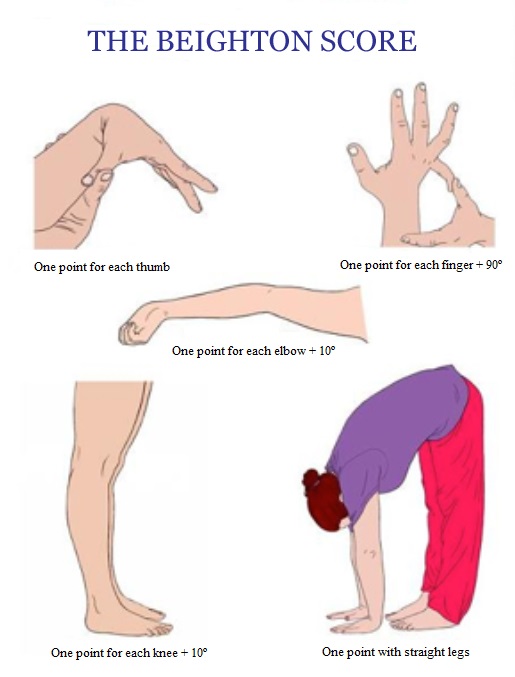Shoulder dislocation, instability and hypermobility - Evidence - The Facts


Hypermobility Syndrome New York - Hand In Hand Rehabilitation
The Single Strategy To Use For Shoulder dislocation, instability and hypermobility - Evidence
1993-2013, University of Washington, Seattle Tofts Louise J. The differential medical diagnosis of children with joint hypermobility: a review of the literature. Another Point of View (Level of Evidence: 2C).
Rosemary Keer (retired), formerly Lead Hypermobility Physio therapist, The Hypermobility Unit, Medical Facility of St John & St Elizabeth & Dr Jane Simmonds, Hypermobility Lead, The Wellington Medical Facility, London and Elder Teaching Fellow, UCL Great Ormond Street Institute of Child Health There have been really few treatment intervention studies carried out to date.
Likewise, Kerr et al reported a good action to a progressive six-week workout program in a retrospective study of 39 kids with joint hypermobility syndrome (JHS). In addition, Ferrell et al reported significant improvements in proprioception and discomfort with an eight-week programme of closed chain and proprioception workouts for individuals with hypermobile Ehlers-Danlos syndrome (h, EDS)/ JHS aged in between 16 and 49 years.
About Why is Rehabilitation of the hip and pelvic area so important to
Due to the fact that of the ubiquitous nature of collagen, h, EDS will present with a variety of different signs and symptoms. For that reason existing best practice management of h, EDS is basically an individualised analytical method. A multidisciplinary method to rehab is suggested, consisting of physical therapists, podiatric doctors, physiotherapists, osteopaths, sports therapists, nurses and psychologists depending on the person's needs.

The Importance of Physical Therapy for Hypermobility Syndrome - IPA Physio
Principles of management include: Dealing with the treatable, for example intense soft tissue sores and injuries. Eliminating pain where possible through making use of soft tissue work, gentle mobilisations, electrotherapy and assistance of joints and tissues. Education and behaviour adjustment to make it possible for individuals to handle the condition with minimal reliance on medical input or medication.

g. occupational health, school teachers, school nurses, physical therapists etc. Improving the endurance and strength capacity of the postural assistance and joint-stabilising muscles. Improving balance and coordination. Improving endurance and basic physical fitness. Re-educating posture and gait to prevent or fix problems in biomechanics. Assisting in a return to normal activities and functioning and promoting an active way of life.
Examination and Treatment of a Patient With Hypermobility - An Overview
It is very important for both private patients and the family of victims to understand that the pain they are experiencing is due to the hypermobility and associated musculoskeletal insufficiencies and not to any other pathology such as an inammatory arthritic condition. It is then simpler to understand why a rehabilitation program is the treatment of choice.
